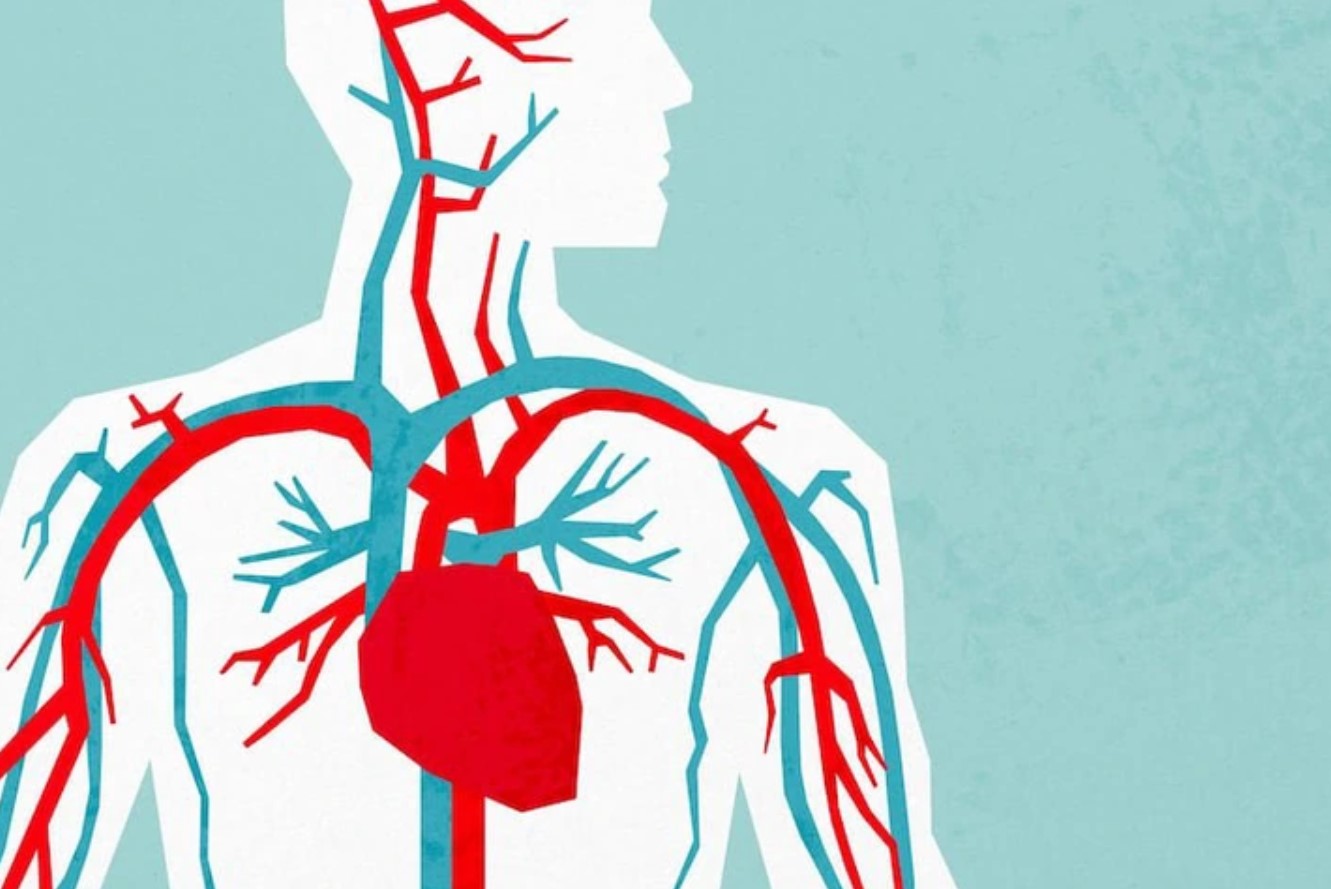Heart disease has been the leading cause of death in the U.S. for the past 100 years, according to the American Heart Association.
Despite how common it is, there are many questions floating around the internet about heart disease and specifically about heart attacks. Can someone really “give you a heart attack”? What do heart attacks feel like? What causes them? Why is arm pain a symptom…Click Here To Continue Reading>> …Click Here To Continue Reading>>
To address any of these questions, it’s best to first understand what a heart attack really is.
What is a heart attack?
Heart attacks occur when blood flow to the heart becomes blocked off or limited, according to the Mayo Clinic. Without its necessary blood flow levels, tissue in the heart starts to die. Plaque and fat buildup are largely responsible for this kind of blood flow limitation.
Heart attack symptoms can begin weeks or even months before a heart attack happens, since plaque buildup happens gradually, per Sutter Health.
Sutter Health explained, “When the artery is narrowed down more than 70%, you’ll start to have warning symptoms, especially with physical exertion.”
Heart attacks also may happen suddenly. Once plaque forms in the artery walls, high blood pressure can cause the plaque to rupture, which can form a blood clot. When this happens, blood flow to the heart is also likely to stop, leading to a sudden heart attack.
In an interview with the British Heart Foundation, Natalie Duffin described her own experience with having an unexpected heart attack.
“I’d been feeling tired for a few days. I was out for a walk on the beach with my two daughters, aged two and six,” she said. “We were collecting shells and pebbles, and I was hit with this horrendous pain in my chest, through to my back and under my armpits, and I felt like I had a really bad hangover.”
At the hospital, Duffin learned she’d had a heart attack due to her main artery being completely blocked.
Arm pain is a common symptom of heart attacks
Chest pain is the most common symptom of heart attacks, but many people feel pain in other areas as well, most commonly in the left arm.
However, heart attack related arm pain is not isolated just in the left arm, Yvonne Leippert, chest pain coordinator at Stony Brook Medicine, explained.
“One 53-year-old man recently came in with nausea and unusual fatigue. We discovered that his main left artery was 80% blocked. Another recent patient was a 42-year-old woman who’d been ignoring pain in her right arm because she thought only left arm pain was a symptom,” Leippert said.
Since sensory nerves from the heart and the arms converge in the spine, pain originating in the heart can spread to other areas through shared neural pathways.
Cardiologist Dr. Syed Ahmed explained, “This pain and discomfort can also radiate to the jaw, back and arms due to shared nerve pathways between the heart and these locations,” per Kettering Health. READ FULL STORY HERE>>>CLICK HERE TO CONTINUE READING>>>
How do I know if my arm pain is heart related?
If arm pain is accompanied by tightness in the chest, trouble breathing or symptoms of indigestion, and if the arm pain gets worse even after being rested, you should get medical attention.
If the pain in your arm moves from the shoulder down into the arm, it is more likely to be related to a heart attack. Men are also more likely than women to experience heart-attack-caused arm pain under the left armpit, per Healthline.
Jaw, neck and tooth pain is also associated with heart attacks. If pain in these areas is accompanied by chest pain that returns on relatively frequent intervals, it is likely caused by a heart attack.
How do heart attack symptoms vary between men and women?
Johns Hopkins Medicine described women’s heart attack symptoms as “subtler and harder to detect.”
The director of the Johns Hopkins Columbia Heart Failure Clinic, Dr. Lili Barouch, explained, “While the classical symptoms, such as chest pains, apply to both men and women, women are much more likely to get less common symptoms such as indigestion, shortness of breath and back pain, sometimes even in the absence of obvious chest discomfort.”
Research published to the AHA Journals added that women are “significantly more likely to experience nausea, shoulder pain, upper back pain and a greater number of ACS (acute coronary syndrome) symptoms compared with men.”
Other acute coronary syndrome symptoms include feeling lightheaded and dizzy, heavy sweating, a racing heartbeat and vomiting, according to the Mayo Clinic.
Harvard Health reported on a phenomenon known as the “silent heart attack” (silent myocardial infarction). A large majority of people who have experienced silent myocardial infarction (80%) “were unaware of their condition.”
These silent heart attacks account for nearly half of all heart attacks (45%), and men are more likely to experience them than women.
Can surprising someone give them a heart attack?
The National Institute of Health published research on five cases of “homicide by heart attack.” In these cases, a non-life threatening criminal activity induced a heart arrhythmia resulting in “sudden death.”
The study explained, “The presumed mechanism of death in each case was a cardiac dysrhythmia related to underlying heart disease, but initiated by the emotional and/or physical stress.”
In these cases, the individuals had an extreme increase in adrenaline. An increase in adrenaline can cause heart spasms and arrhythmias and blood vessel constriction.
Heart surgeon A. Marc Gillinov explained, “Fortunately, in most cases this condition is reversible and the heart function returns to normal over time. Unfortunately, in rare instances, it can cause sudden death,” per Cleveland Clinic.
If you ever suspect that you are experiencing a heart attack, call 911 immediately.


 IN-THE-NEWS5 months ago
IN-THE-NEWS5 months ago
 IN-THE-NEWS6 months ago
IN-THE-NEWS6 months ago
 IN-THE-NEWS6 months ago
IN-THE-NEWS6 months ago
 METRO4 months ago
METRO4 months ago
 SPORTS5 months ago
SPORTS5 months ago
 IN-THE-NEWS6 months ago
IN-THE-NEWS6 months ago
 IN-THE-NEWS6 months ago
IN-THE-NEWS6 months ago
 HEALTH & LIFESTYLE4 months ago
HEALTH & LIFESTYLE4 months ago


